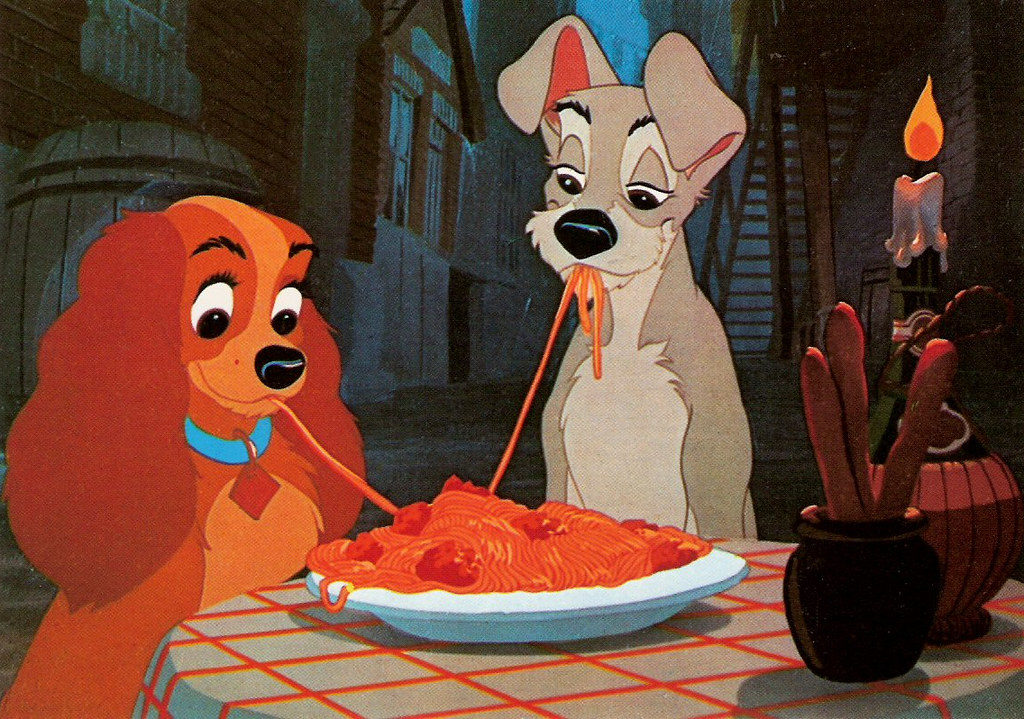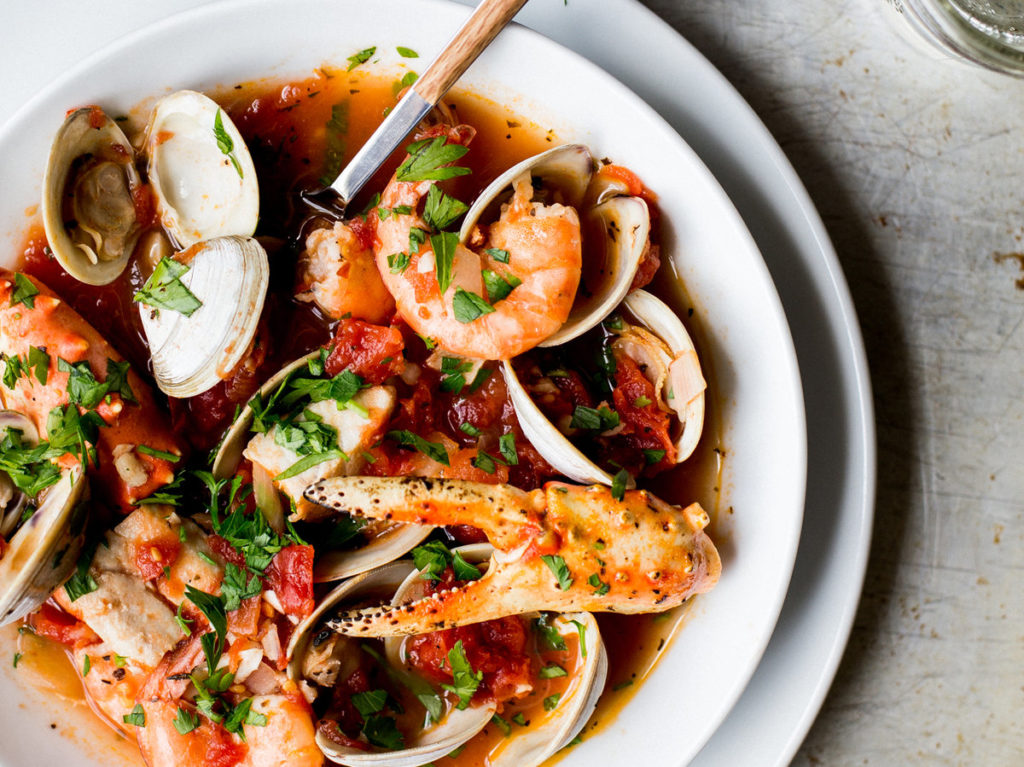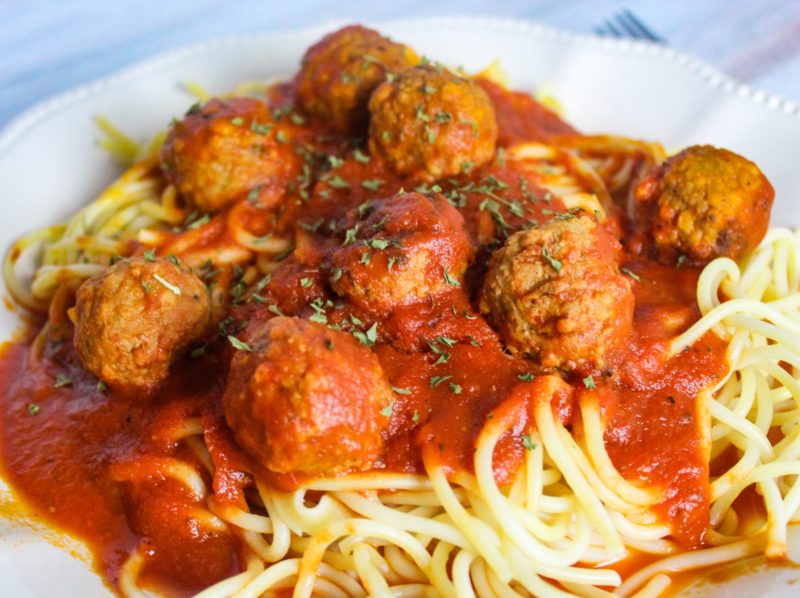Not all dishes are created equal…
Before I reveal what might be shocking news for some, let me give you a little background info.
If you want to understand the perception of what Italian food is, you need to look at the history of Italians in America.
Between approximately 1880-1924, more than four million Italians immigrated to America; most came from rural areas in the south or the island of Sicily, fleeing poverty and political hardship.

They brought with them their pride, hard work ethic and love of their homeland. However when they arrived, most settled in very urban areas like New York City where they didn’t have access to fresh grains, vegetables and seasonal ingredients that would have been the norm for them in Italy. The prices of chicken, beef and pork, which you could find in abundance in America, were much more expensive in Italy. I would imagine that this access to protein is what contributed to the creation of a different style of cuisine, Italian-American.
During this time, Italian immigrants brought garlic with them which was not as familiar of an ingredient in America so it was met with a bit of cultural resistance. It wasn’t uncommon for Italian-American children to be made fun of during lunchtime for the pungent aroma of garlic or large sandwiches made on Italian loaves which seemed foreign to their American counterparts. This cultural appropriation resulted in many dishes being changed to suit Americans in order to fit in and be more popular.
Mostly nobility or upper class citizens in Italy were the only ones to eat meat regularly. Upon their arrival in America, these same citizens now had access to American-sized dishes with copious amounts of food to stifle their hunger and the poverty they experienced.
We shall take this moment in American history to be the birthplace of Italian-American cuisine, born mostly out of optimism and hope towards a bright future in a new world.
Here are 12 dishes that reflect the American influence on Italian cuisine.
Fettuccine Alfredo Sauce
This classic American staple in America can not be found in Italy. Loads of cream, nutmeg and butter? Think again about trying to order this in Italy as more than likely a cook from the kitchen named Alfredo will probably come out and say “ Si, I am Fredo. What would you like?”
Side Note: This sauce’s history stems from an Italian immigrant chef whose name was Alfredo Di Lelio and its origins come from Pasta Al Burro (pasta with butter).
“Italians never put cheese on seafood.”
Chicken/Veal Parmigiana
This dish features large chicken breasts breaded, fried, slathered in tomato sauce with melted mozzarella and Parmigiano. Eggplant Parmigiana does exist in Sicily, but the chicken is an addition only in America.
Angel Hair Pasta or Capellini
Unless you are sick or frail, don’t think twice about ordering this dish in Italy. It does exist, but it is for putting into broth to make a soup like Minestrina (similar to an Italian version of chicken noodle soup). An Italian will tell you that this type of pasta is too “weak or thin” to be coated in any sauce.

Spaghetti and Meatballs
This just does not exist in Italy. I am going to refer to perhaps the famous movie Lady and the Tramp for immortalizing this Italian-American dish in the 1950’s. In Italy, you never prepare pasta and add the sauce at a later time. You always cook pasta in the same pan with sauce for almost all traditional Italian pasta dishes.
Garlic Bread
I have never witnessed this being served anywhere in Italy, yet its impact on Italian-American cuisine is unrivaled.
Baked Ziti
Italy has many different types of baked pasta dishes depending upon the region and pasta type, but not this one. Ziti itself is a Sicilian type of pasta that comes in different variations.
Shrimp Fra Diavolo
Spicy shrimp sauce of the devil? I think not!

Cioppino
Cioppino is an extremely popular seafood stew and it is delicious! It originated in the San Francisco Bay Area by Italian immigrants using seafood that others considered garbage or inferior quality like mussels, clams, squid and unwanted fish. The seafood mix was then cooked in a tomato-based broth and served with bread.
Penne alla Vodka
This is probably one of the most popular Italian-American dishes that involves mixing red tomato sauce with cream and vodka. I have never understood its popularity.
Pepperoni Pizza
In Italy, pepperoni is actually a small yellowish-green pepper not the Salami style topping we see on top of pizza in America.

Shrimp Scampi
This is another funny one as scampi is a langoustine (shellfish) with claws typically served with white wine, garlic and olive oil in Italy. They were not available when immigrants came to America so they used shrimp instead. It became a repetitive name that stuck.
Chicken Piccata
A dish where the chicken is fried with a crust and then in a lemon, butter, caper sauce. The dish feels more French, but it is synonymous with Italian-American cuisine.
As the 1960’s rolled around, Italian Americans were 3rd or 4th generation and had become entrenched into American society. There were numerous films depicting an easy lifestyle of Italians awash in food, wine, culture and fashion. It was now popular to be Italian so they began to claim their heritage with pride.

By this time, the authenticity of the homeland cuisine had already been drastically influenced so it was this new Americanized cuisine that they celebrated.
The dishes mentioned in this post should be celebrated as their own individual Italian-American cuisine, rather than as authentic Italian which would not be accurate.
It is my hope that you are now inspired to travel to Italy with me (when the timing is right of course) and rediscover true Italian cuisine. It is this epicurean exploration that serves as the one of the reasons I created Eat Drink Explore the social platform which helps you explore the world on your terms.



